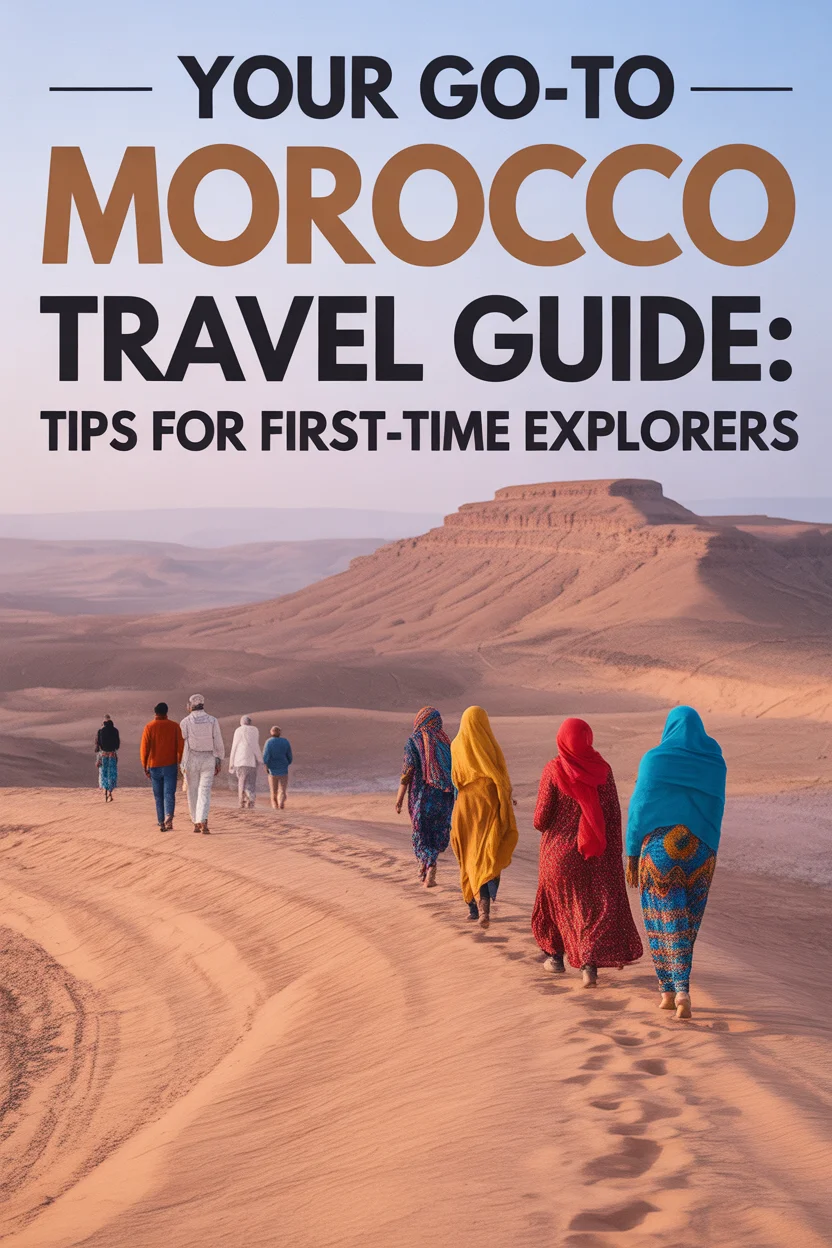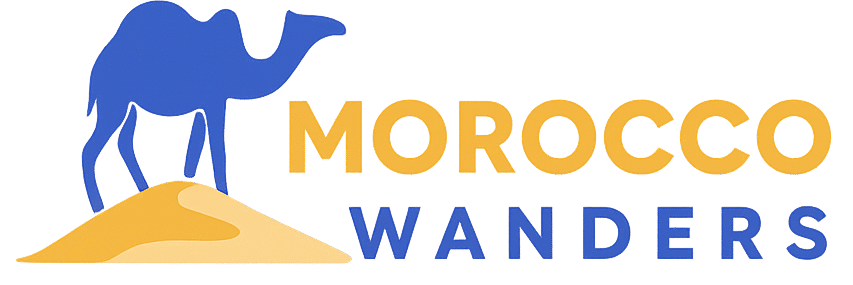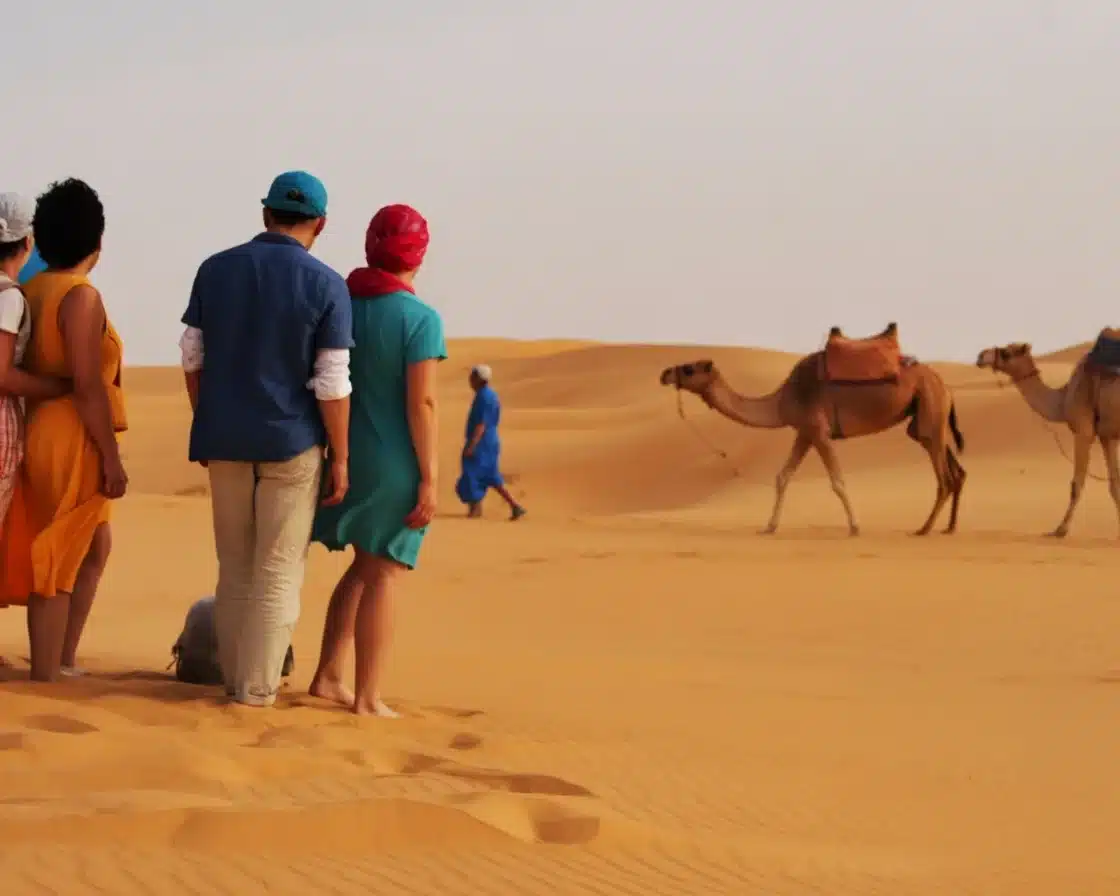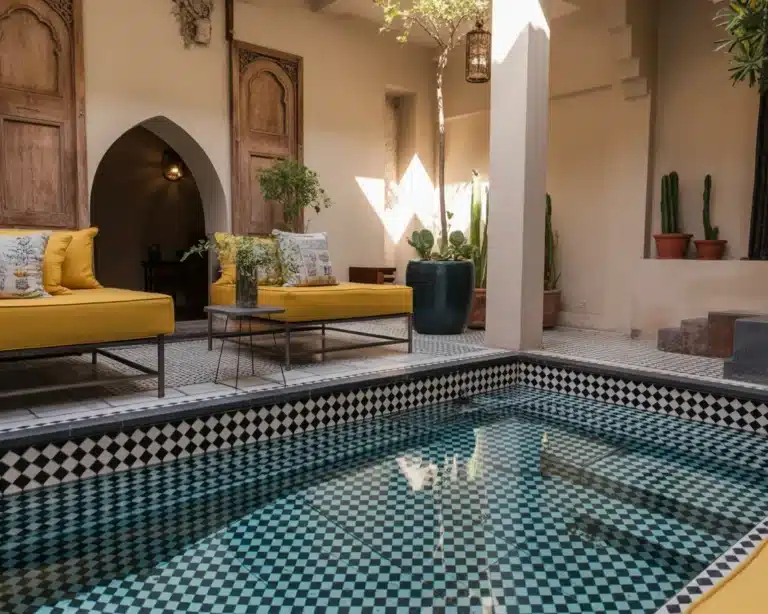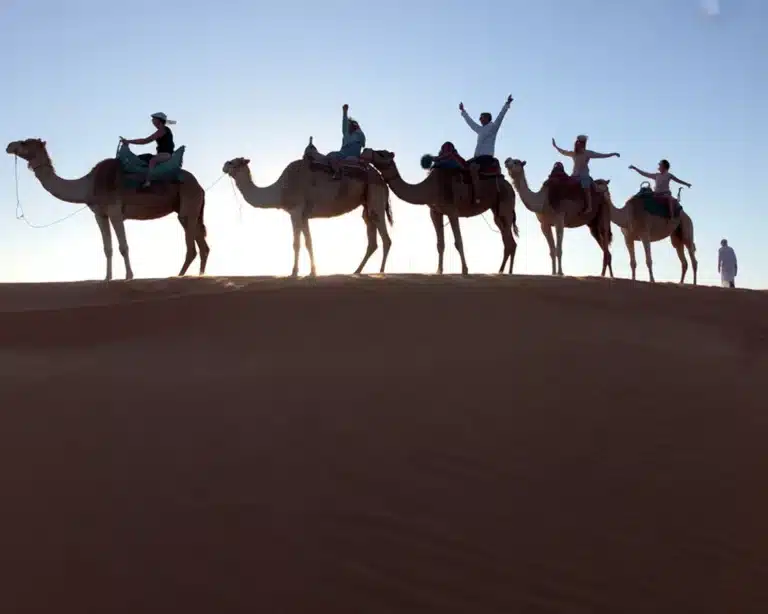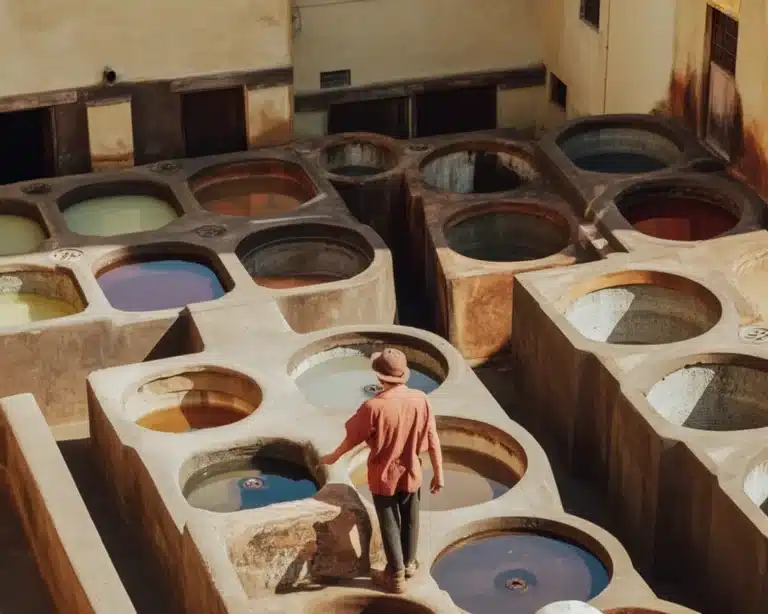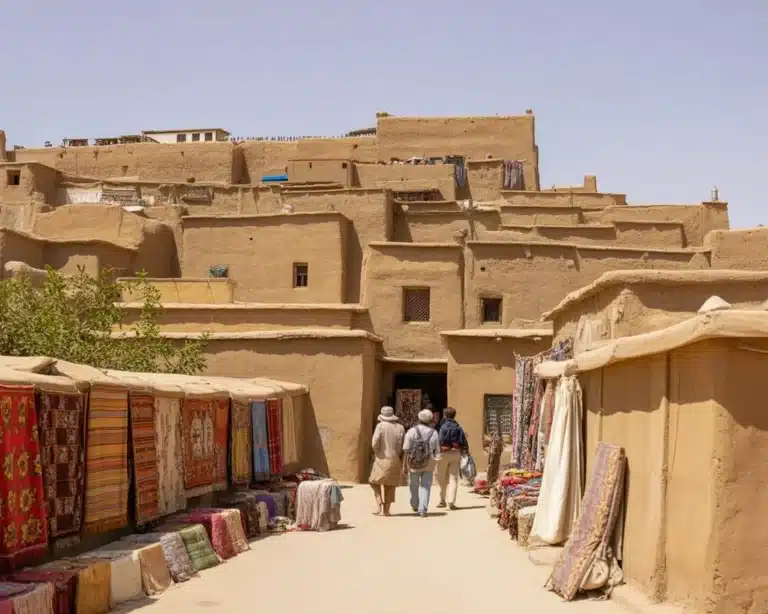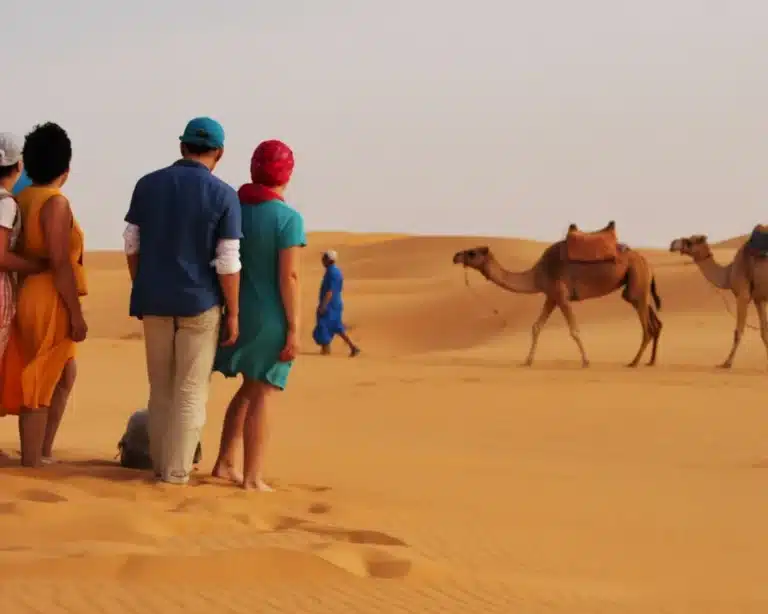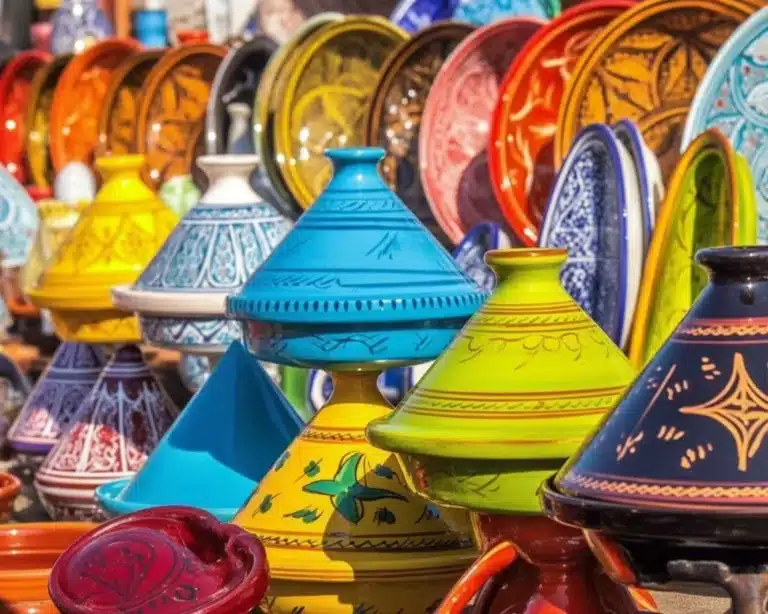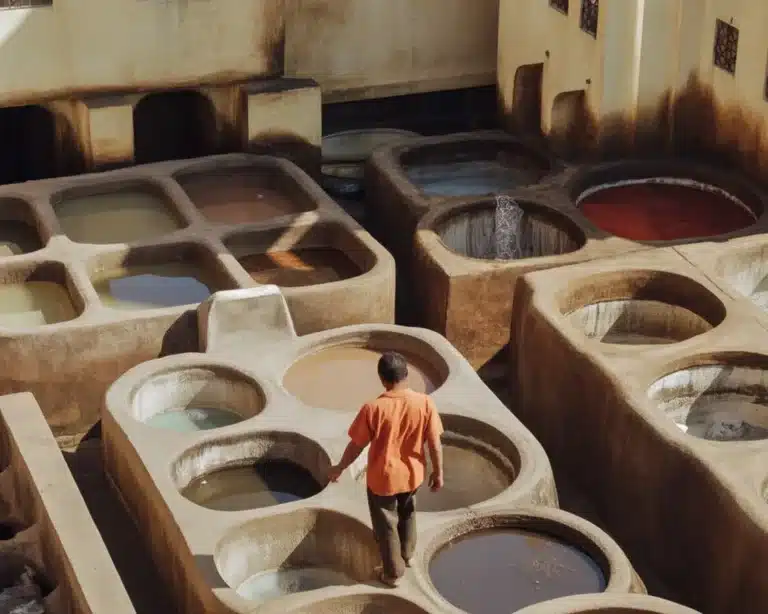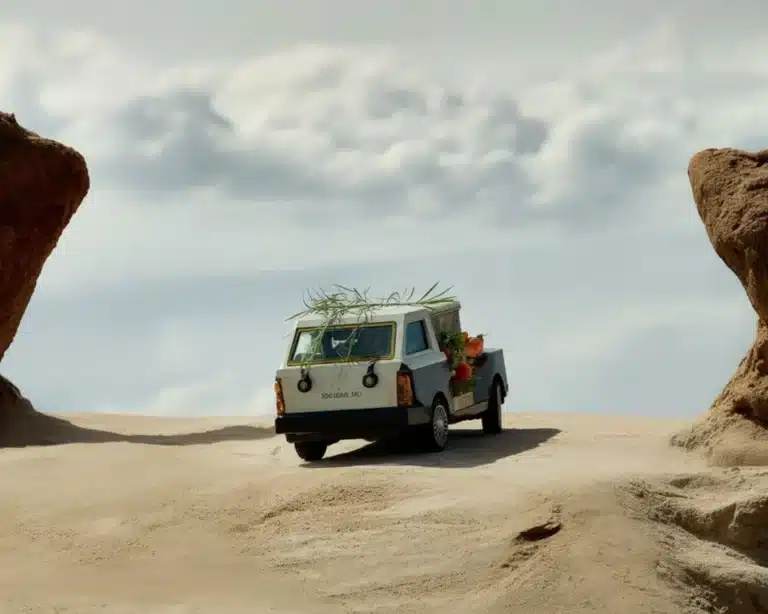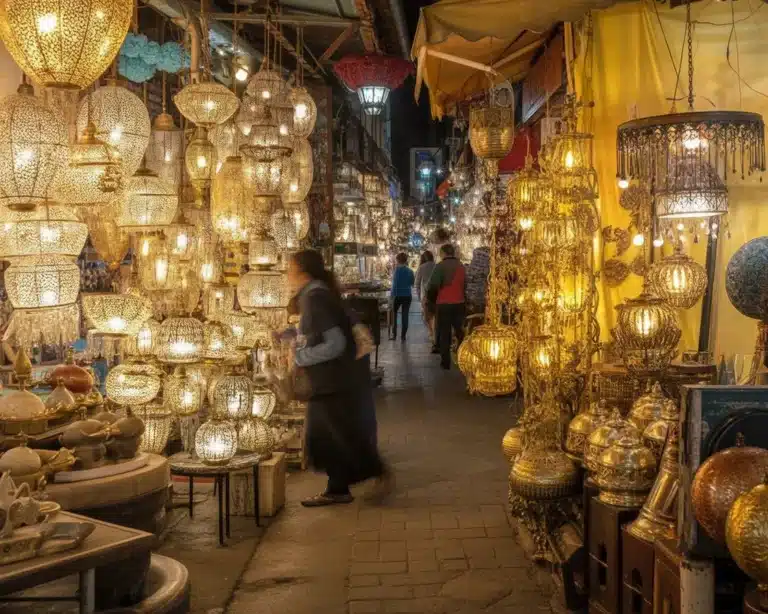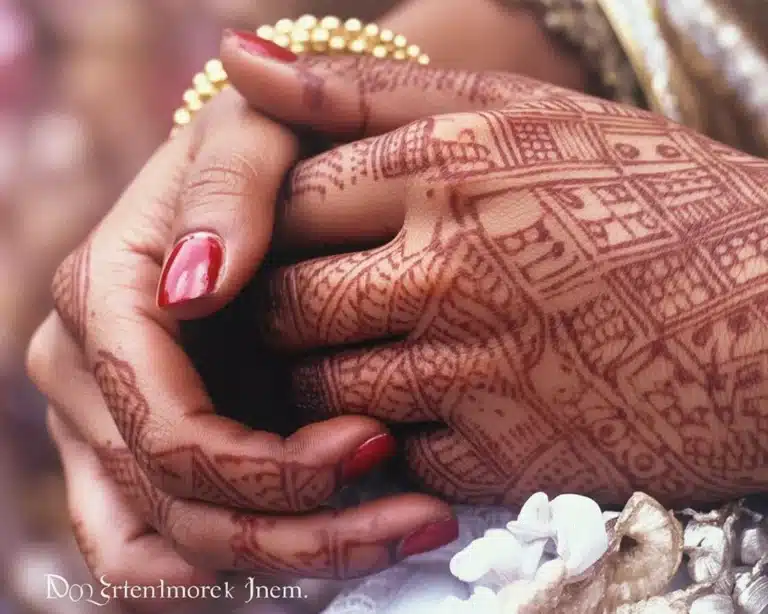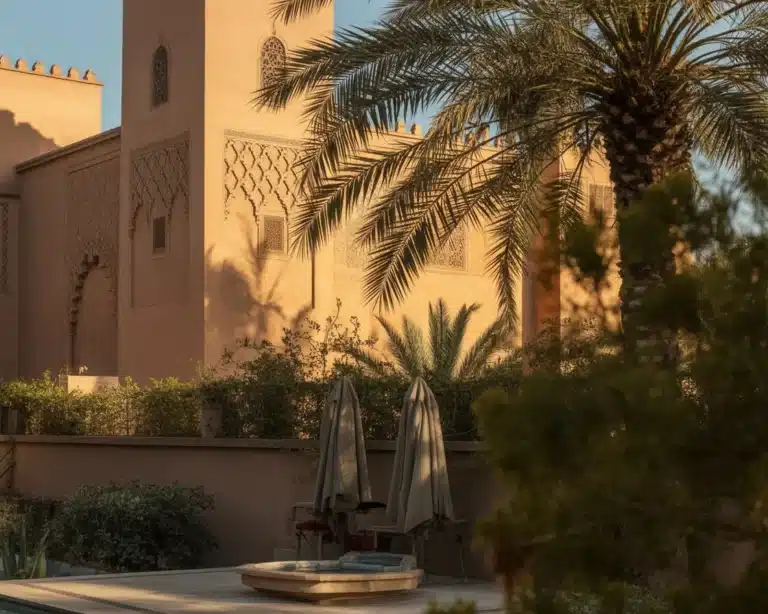Planning your first trip can be exciting and overwhelming, and when it comes to Morocco, the choices feel endless. This Morocco Travel guide is designed to help first-timers navigate bustling medinas, sun-drenched deserts, and vibrant cities without stress. From hidden gems to must-see landmarks, I’ll show you how to create an unforgettable Morocco travel itinerary that balances culture, adventure, and relaxation. Whether you’re dreaming of sipping mint tea in a riad courtyard or wandering colorful souks, this Morocco Travel Guide has everything you need to make your journey magical and truly memorable.
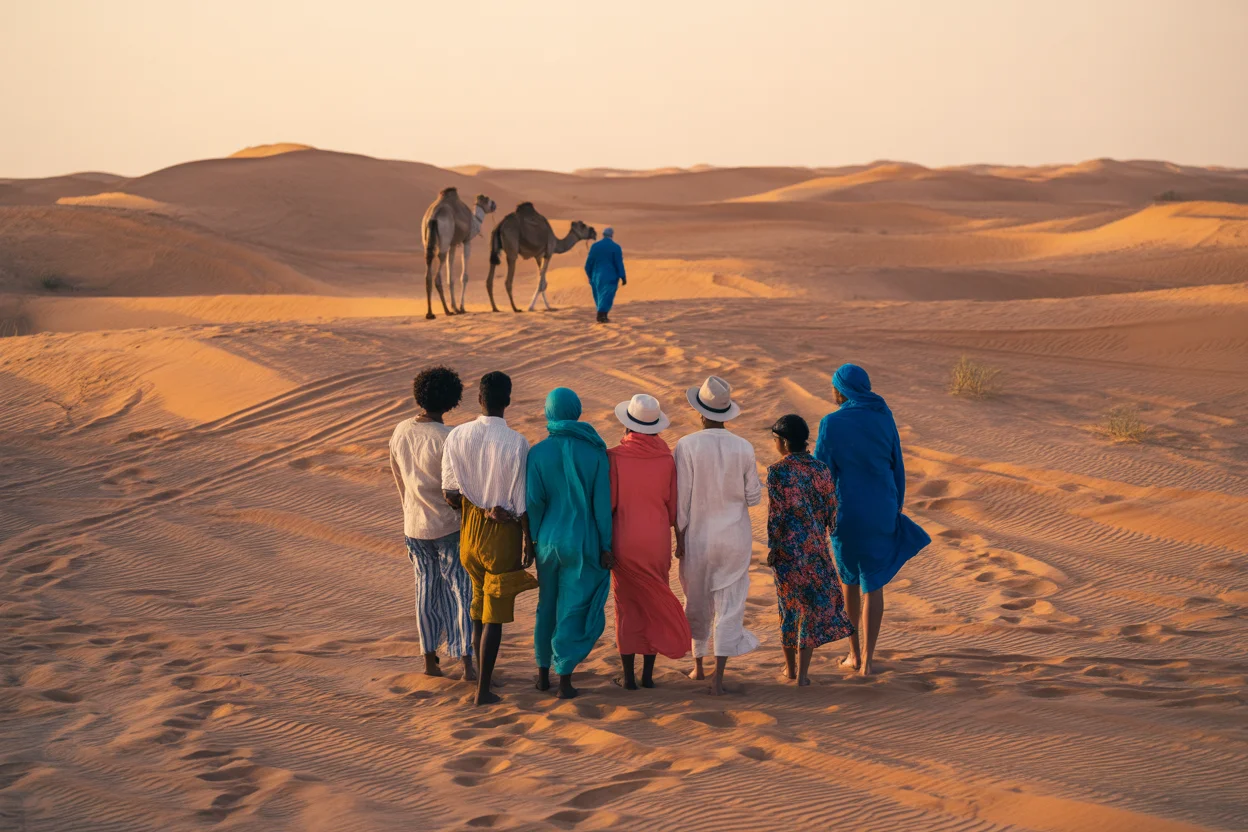
Table of Contents
Explore morocco
1. Why Morocco Should Be on Your Travel List
From the windswept Sahara to the snow-capped Atlas Mountains, Morocco is a country of contrasts. Its cities pulse with life while villages hold onto centuries-old traditions. A well-planned Morocco Travel experience gives you the perfect mix of adventure, culture, and cuisine. Whether it’s the vibrant colors of Marrakech or the coastal charm of Essaouira, every stop is an opportunity to add a new memory to your unforgettable Morocco travel itinerary.
2. Planning Your First Morocco Travel Experience
Before you book flights, consider the best time to visit. Spring (March–May) and fall (September–November) offer mild weather and fewer crowds. Include buffer days in your unforgettable Morocco travel itinerary to account for unexpected delays or spontaneous discoveries. Booking a few nights in traditional riads can also enhance your journey, turning it into an authentic cultural experience that no standard hotel could provide.
3. Exploring Moroccan Cities
Marrakech, Casablanca, Fez, Rabat, and Chefchaouen each offer unique experiences. Marrakech is a sensory overload with vibrant souks, street performers, and delicious street food. Fez immerses you in history with its ancient medina and traditional tanneries. For first-timers, it’s essential to pace yourself and allow free time in your Morocco Travel Guide to truly absorb each city’s charm.
4. The Ultimate Moroccan Food Journey
Food is central to any Morocco Travel experience. Sampling tagines, couscous, pastilla, and harira soup is a must. Don’t shy away from street food stalls—they often serve the most authentic dishes. Planning meals and local cooking experiences into your unforgettable Morocco travel itinerary ensures you taste the full spectrum of Moroccan cuisine and culture.
5. Must-See Natural Wonders
Beyond cities, Morocco offers extraordinary landscapes. The Sahara Desert is perfect for a camel trek or overnight glamping experience. The Atlas Mountains provide hiking trails and panoramic views. Coastal towns like Essaouira offer beaches, surfing, and fresh seafood. Include these natural highlights in your Morocco Travel Guide to balance urban exploration with outdoor adventure.
6. Cultural Tips for First-Timers
Respecting local customs enhances your Morocco Travel experience. Dress modestly, especially in rural areas or religious sites. Learn basic Arabic or French phrases—it goes a long way in building connections. Engaging with locals not only enriches your trip but also adds authentic stories to your unforgettable Morocco travel itinerary.
7. Travel Logistics Made Simple
Public transport is reliable between major cities, but renting a car or using shared taxis is often necessary for remote destinations. ATMs are widely available, but keep cash handy for small vendors. Pre-booking accommodations and select experiences can help your Morocco Travel Guide run smoothly and stress-free.
8. Hidden Gems You Can’t Miss
While major attractions are incredible, off-the-beaten-path spots elevate your unforgettable Morocco travel itinerary. Wander the blue streets of Chefchaouen, explore ancient Roman ruins in Volubilis, or relax in a quiet coastal town like Asilah. These discoveries make your Morocco Travel journey uniquely personal.
9. Safety and Travel Tips
Morocco is generally safe for tourists, but remain cautious in crowded areas. Keep valuables secure, stay hydrated, and check transportation schedules. Following simple precautions ensures your Morocco Travel Guide experience is enjoyable and stress-free.
10. Sample 7-Day Morocco Travel Itinerary
- Day 1–2: Marrakech – explore souks, Jemaa el-Fnaa, and enjoy a riad stay.
- Day 3: Atlas Mountains – day hike and scenic views.
- Day 4–5: Sahara Desert – camel trek and overnight camp.
- Day 6: Fez – wander the medina, tanneries, and historic sites.
- Day 7: Chefchaouen – stroll the blue streets, enjoy local cuisine.
This sample highlights how to blend cities, nature, and culture for an unforgettable Morocco travel itinerary.
“I landed in Marrakech and, by the first night, I’d found a hole-in-the-wall eatery that fed me the best chicken tagine of my life. Didn’t plan it, just followed the smells and a local’s nudge. Morocco rewards the curious so much more than the cautious.”
Do You Need a Visa for Morocco?
Okay, here’s where it gets a little boring. Paperwork. Most travelers (especially from the US, Canada, UK, Australia, and most EU countries) can waltz right in visa-free for up to 90 days. Easy, right?
You just need your passport, at least six months validity. If you’re from somewhere the rules are trickier, double-check on the embassy website. Don’t be naive and forget how strict some airport checks can be (they’re thorough, bring your arrival address, just in case).
The official chat: morocco does update rules now and then, so always peek at up-to-date info about your own home country. If you want less stress, there’s plenty of advice on visa stuff in this Morocco travel destinations guide.
Best Time to Visit Morocco
If you hate sweating like you’re in a sauna or freezing like it’s January in Siberia, timing matters. Morocco is hot, cold, and wild all at once—depending where and when.
Although I live in Morocco, I made the mistake of skipping some of the rural areas and cities on my first visit in July, thinking they would be “warm and lovely.” Nope. Roasted. The best time to visit Morocco (unless you’re a lizard) is March to May or September to November. Spring is lush, autumn’s not too chilly.
Summer? Coastlines are fine but you’ll melt in Marrakech or Fez, no joke. Winter, especially in the mountains, gets cold. Think long sleeves at night, but days can still be bright and lovely. I always pack layers. Always.
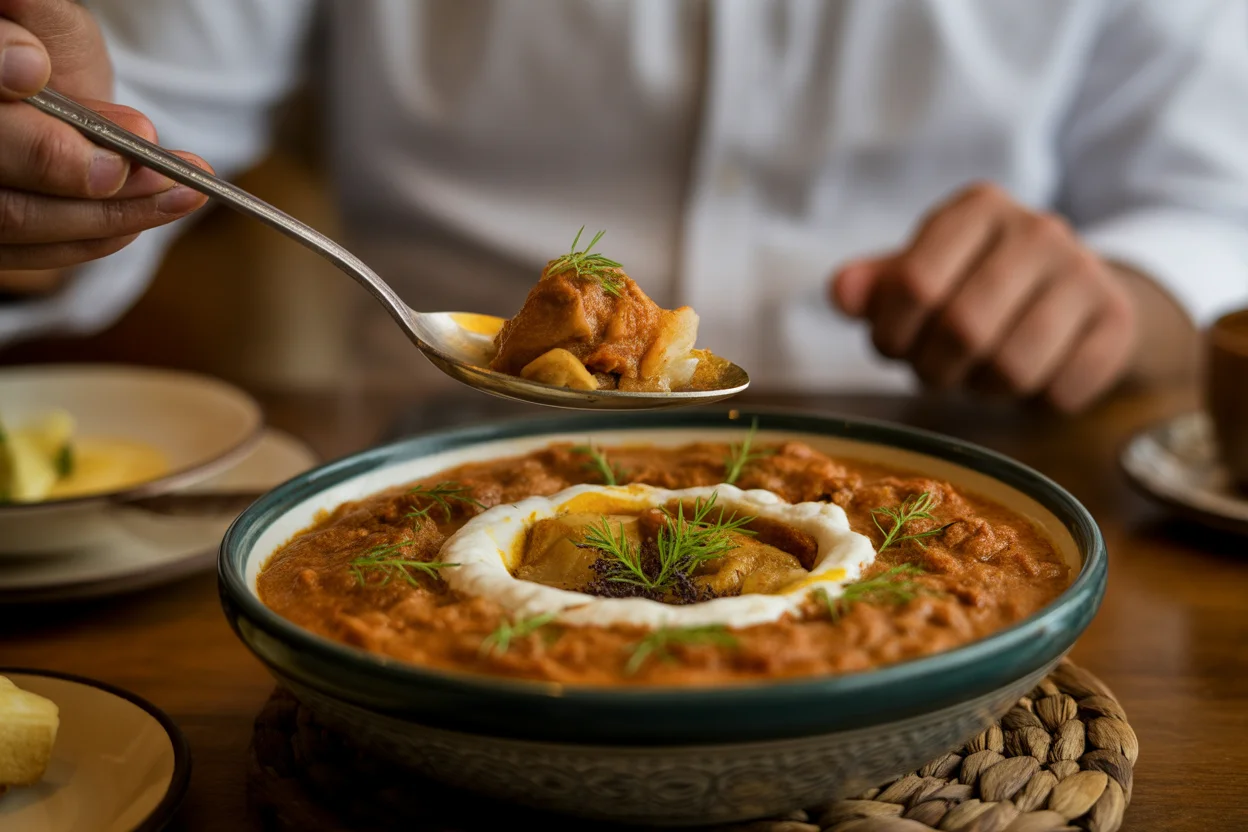
Getting Around Morocco
Here’s what surprised me: getting around Morocco is weirdly fun and sometimes a bit of an adventure. Honestly, a mix of comfy trains, crazy minivans, and the occasional donkey. You pick your speed.
- Trains: The ONCF trains are efficient between big cities (Tangier, Rabat, Casablanca, Marrakech). I loved the fancy high-speed Al Boraq—like first class but, you know, not five-star prices.
- Buses: CTM and Supratours lines are clean and easy, especially if you’re backpacking. Tickets run out quick during holidays, though.
- Taxis: Petit taxis are cheap for short hops. Always agree on the fare first. Grand taxis (old Mercedes, you’ll see) go between towns—shared, squishy, and often more fun than comfy.
- Car Rental: Outside cities, it’s a breeze. Inside, the traffic is bananas. Only drive if you’re a bit brave (or mad).
If you want the super-detailed version? Seriously, just scope the best travel to Morocco routes.
What to Do About Money?
Here’s the not-so-sexy truth: Morocco runs on cash, especially in the medinas (old towns). Your credit card is fine at hotels or fancy riads, but most places are cash-or-bust. ATMs are everywhere, but the lines? Wild on weekends.
I screwed up confusion with dirham—spent way too much at first, couldn’t do the quick math. Pro tip: always check for the official exchange rate and withdraw more than you think you’ll need. You’ll find currency exchanges at every airport, but honestly, airport rates still sting.
Biggest advice? Don’t carry wads of cash. Crowds can get thick. Hide a little in your sock (sounds weird, it works). It’s not like you’re walking through a movie set, but streets can feel like that sometimes.
And tip. People expect tips for everything. Carry small change—no one likes to break a big bill for tea.
FAQ: First-Time Morocco Travel Questions
Q1: What is the best time to visit Morocco?
Spring and fall offer the most comfortable weather and fewer crowds, perfect for first-timers.
Q2: Do I need to know Arabic or French?
Basic phrases help, but many locals in tourist areas speak English.
Q3: Is Morocco safe for solo travelers?
Yes, with standard precautions like avoiding poorly-lit streets at night and guarding valuables.
Q4: How much should I budget?
Budget varies, but a mid-range Morocco Travel experience typically costs $50–$100/day, excluding flights.
Q5: What should I pack?
Layers for day and night, comfortable shoes, modest clothing, plug adapters, and sunscreen.
co Is Waiting – Go Live the Stories
So, I hope this “Morocco Travel Guide” chat helps you feel ready, not buried by details. Plan a little, leave room for wild adventures, and always drink more mint tea than you think you can.
When you need to get the ball rolling, peek at this Morocco budget travel page and compare some Morocco hotels if you’re looking for a cozy spot. For even more wisdom, The Sophisticated Life has a fab First-Timer’s Visitor Guide with friendly advice I wish I’d seen sooner.
Seriously, give Morocco a try. Stumble into a side street—who knows, it might just be the taste, sight, or story that makes your trip legendary. Happy travels!
Conclusion
A first-time Morocco Travel adventure is a vibrant mix of colors, flavors, and experiences. By following this Morocco Travel Guide and building your unforgettable Morocco travel itinerary, you’ll navigate bustling cities, serene deserts, and scenic mountains like a pro. Embrace spontaneity, try new foods, and connect with locals—the memories you create will last a lifetime.
